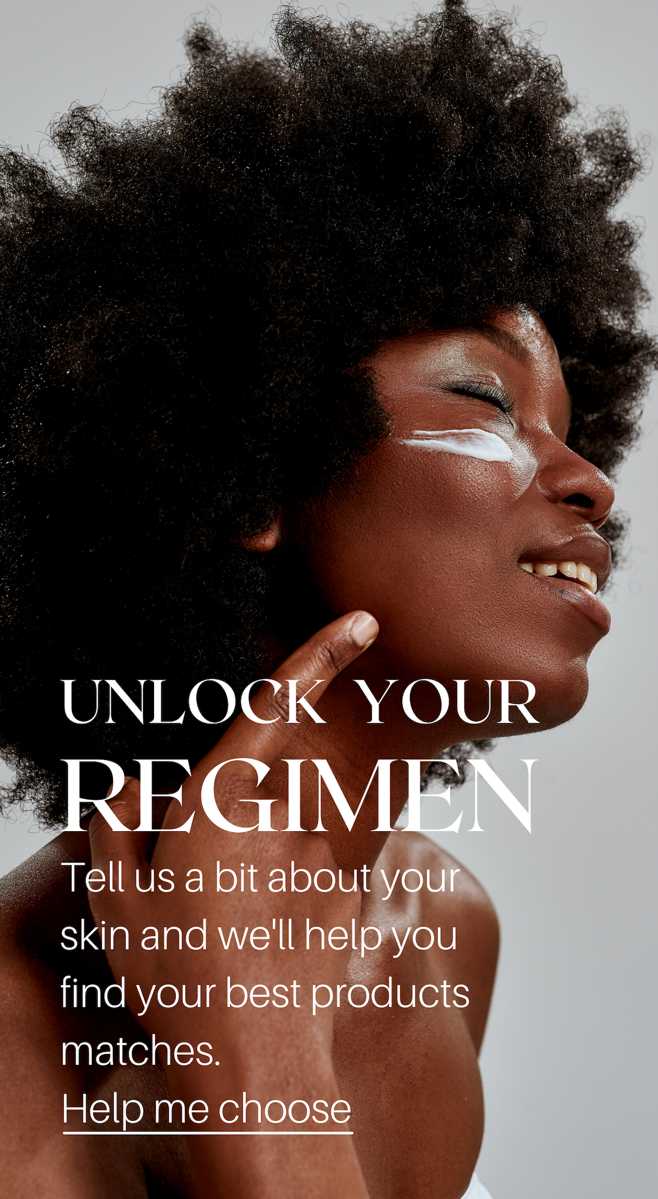How to Lighten Up Underarms for the Sleeveless Days Ahead

Spring is officially here and you know what that means. Sleeveless days are just around the corner. After this long, cold, wet winter, you’re so ready to trade your parka for sundresses and strappy camis you can already feel the freedom. There’s just that one little issue. Maybe you’re not reveling in the thought of revealing the dark skin under your arms. If your pits have become pigmented or patchy, you’re not alone. And we have a solution.
What causes the underarms to darken over time?
For an area that only sees daylight about ten percent of the year, the underarm takes a lot of abuse—shaving, waxing, rubbing, chemicals. Friction and irritation create inflammation that triggers hyperpigmentation, so it’s not unusual to see a darkening of the skin under the arms as you age.
Both shaving and waxing create inflammation that can stimulate the skin’s protective melanin response known as hyperpigmentation. Shaving causes repeated friction. Waxing is more traumatic to the skin. Pulling the hair out inflames the follicle at a deeper level.
Either can result in ingrown hairs, especially in this area where the hair tends to be thick and coarse. Ingrown hairs are another source of inflammation and thus another instigator of hyperpigmentation.
And then there’s deodorant. The more vigorous and prolonged your deodorant application, the more likely you are to create inflammation because of the friction caused by rubbing the stick over the area.
Other factors include hormones, genetics, and certain diseases like diabetes. Darkening of the underarms is more common in darker skin tones because of the abundance of melanin in the skin. Allergic reactions to chemicals in your deodorant can also be a trigger.
How can you lighten up dark underarms?
First, ignore any DIY advice you’ve seen that suggests rubbing a lemon over the area. Lemon juice is highly acidic and can irritate the skin. When exposed to sun, the acid can cause photodermatitis, which results in a painful, irritating burn that can lead to hyperpigmentation, worsening your problem.
Opt instead for some gentle exfoliation in the form of a brightening scrub. You can use Mandelic Acid 3-In-1 Exfoliating Cleanser in the shower to exfoliate dead skin cells and lift excess pigment. Mandelic acid also prevents new pigment from forming by inhibiting the production of melanin. Antibacterial and anti-inflammatory properties are another bonus to reduce irritation.
For a more intensive treatment, talk to your aesthetician about an in-office light peel that removes the top layers of skin and stimulates cell regeneration to reveal a brighter, more consistent tone. A series of treatments is recommended for best results.


Comments
You can also use Vivant 3-in-1 Mandelic Acid exfoliating cleanser for shaving as well. There is less friction when using a shaving gel, as compared to shaving with soap and water.